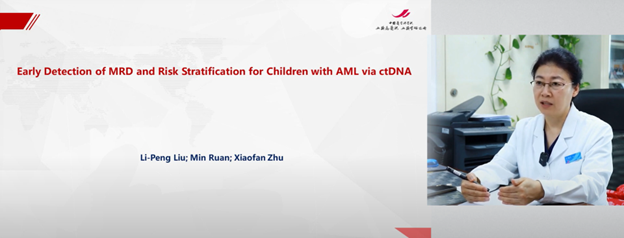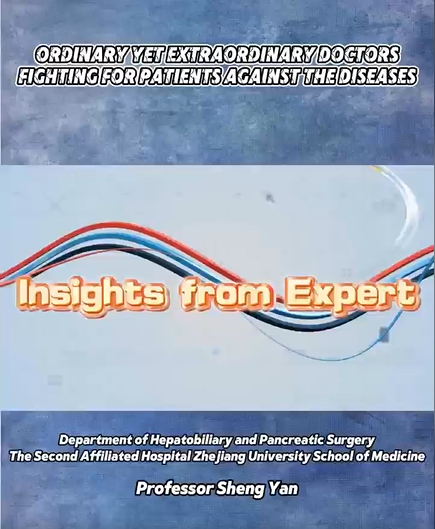Xinghai Forum: Professors Yang Zhang and Kejing Zhang Discuss CDK4/6 Inhibitors in Adjuvant Therapy for HR+ Breast Cancer
Cyclin-dependent kinase 4/6 (CDK4/6) inhibitors have brought transformative breakthroughs to the clinical treatment of hormone receptor-positive (HR+), human epidermal growth factor receptor 2-negative (HER2-) breast cancer patients. The combination of CDK4/6 inhibitors and endocrine therapy has become the standard regimen for HR+/HER2- locally advanced and metastatic breast cancer. In the adjuvant treatment phase for early-stage breast cancer, CDK4/6 inhibitors have also shown positive results and have been approved for indications. The 2024 ASCO conference presented multiple advancements in the adjuvant treatment of HR+/HER2- early-stage breast cancer with CDK4/6 inhibitors. At the recent 5th Comprehensive Cancer Treatment Academic Conference of the Xinghai Medical Forum, Oncology Frontier invited Professor Yang Zhang from The Second Hospital of Dalian Medical University, Professor Kejing Zhang from Xiangya Hospital of Central South University to elaborate on and discuss the research progress of CDK4/6 inhibitors in adjuvant therapy for HR+ early-stage breast cancer.










